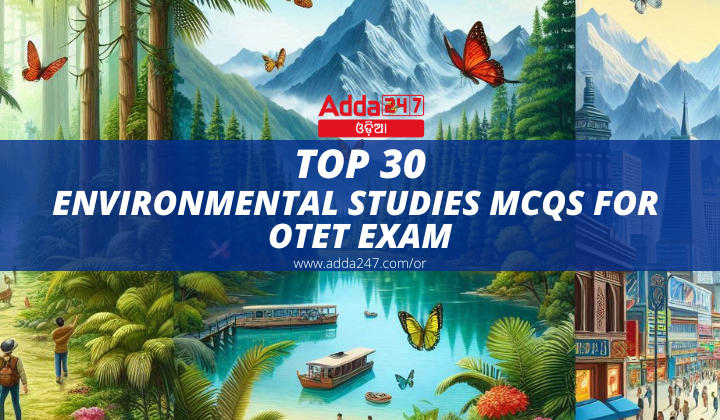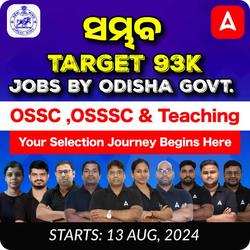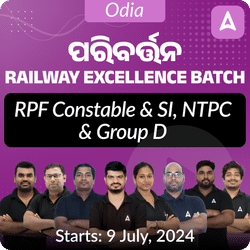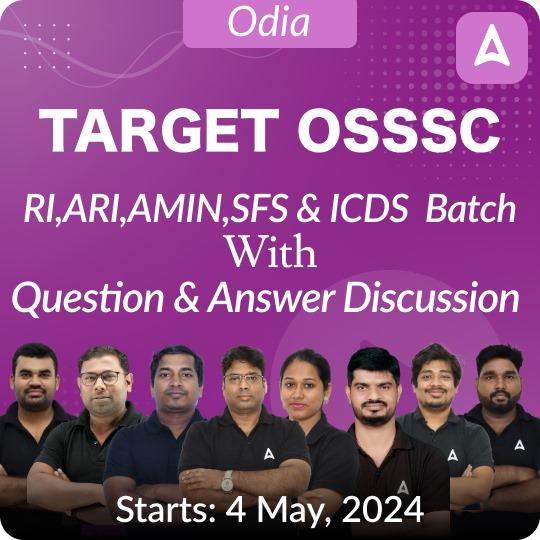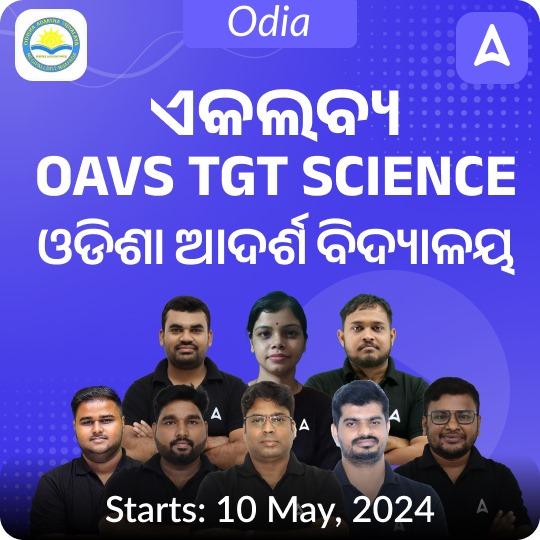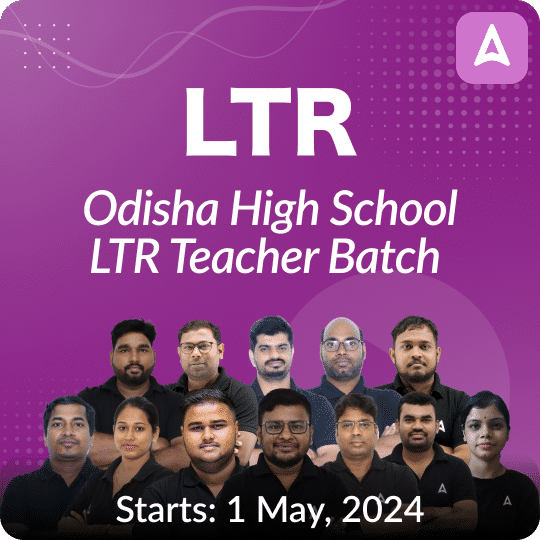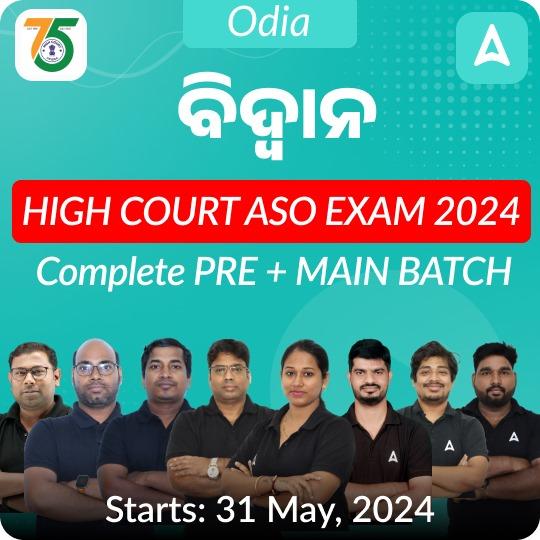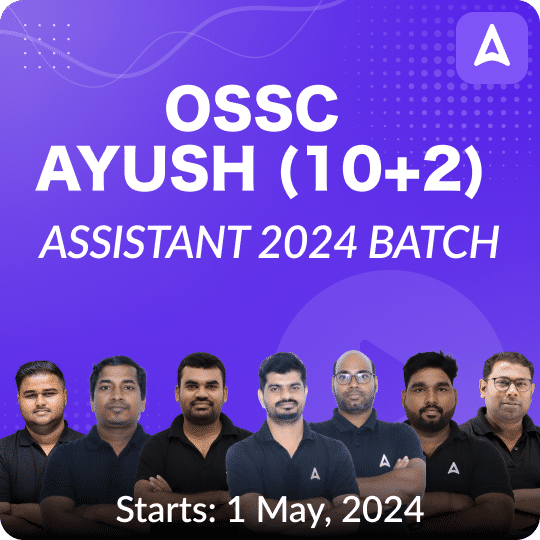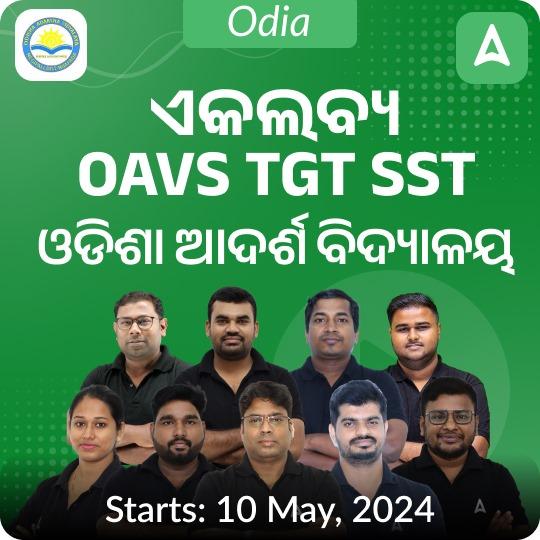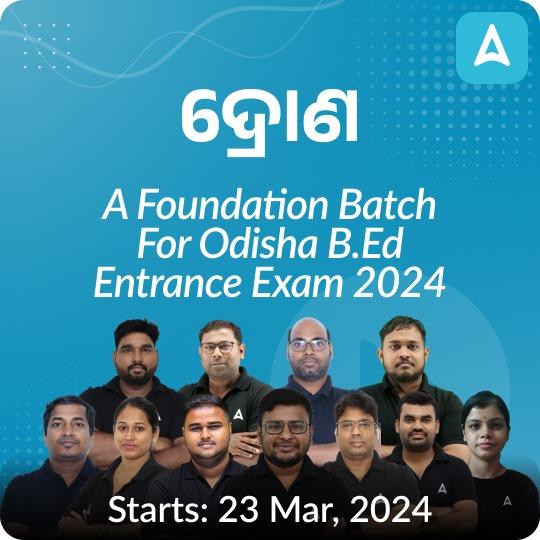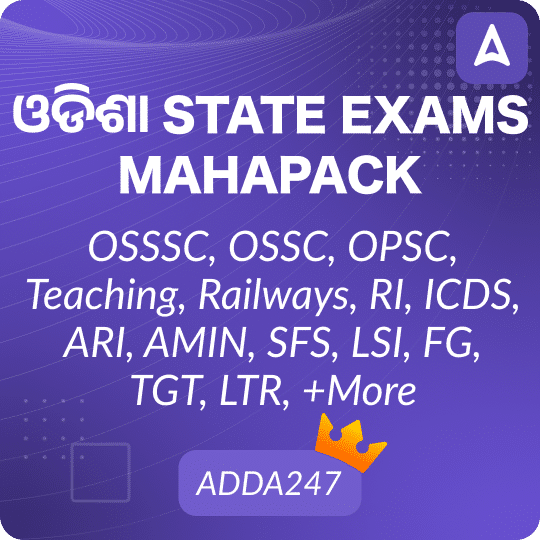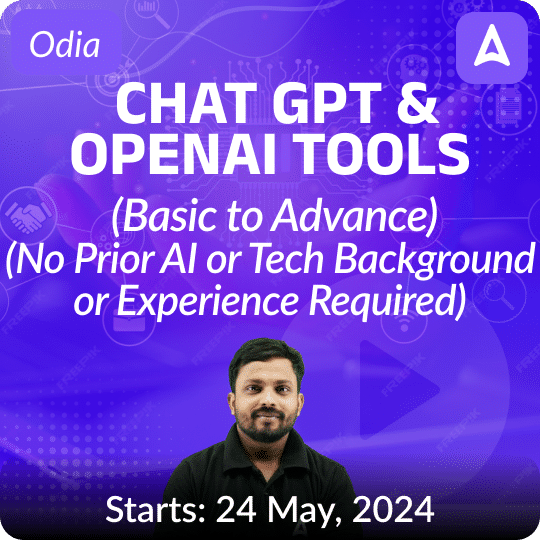The top 30 Environmental Studies MCQs for the OTET exam are tailored to help aspiring teachers grasp essential environmental concepts and issues. These questions delve into topics such as biodiversity, conservation, pollution, climate change, and sustainable development. By focusing on both theoretical knowledge and practical applications, this set of MCQs aims to equip candidates with a comprehensive understanding of environmental science, crucial for educating future generations. The carefully curated questions ensure that candidates are well-prepared to tackle the environmental studies section of the OTET exam with confidence and proficiency.
Top 30 Environmental Studies MCQS For OTET Exam
- What is a common definition of learning according to Woodworth?
a) Learning is a change in behavior resulting from experience
b) Learning is the process of acquiring new knowledge and new response
c) Learning is a change in human disposition or capability
d) Learning is the process of growth over time
Answer: b) Learning is the process of acquiring new knowledge and new response - According to JP Guilford, learning is defined as:
a) A change in human disposition or capability
b) The process of acquiring new knowledge and new response
c) Any change in behavior resulting from experience
d) The process of growth over time
Answer: c) Any change in behavior resulting from experience - Robert Gagne defines learning as:
a) The process of acquiring new knowledge and new response
b) A change in human disposition or capability that persists over time
c) Any change in behavior resulting from experience
d) The process of growth over time
Answer: b) A change in human disposition or capability that persists over time - Which of the following is NOT a characteristic of learning?
a) Learning is limited to school environments
b) Learning must be paced to deepen understanding
c) Learning occurs both inside and outside of school
d) Learning should provide variety and challenge
Answer: a) Learning is limited to school environments - How should assessment focus on a child’s learning according to the document?
a) Only on the child’s performance in school
b) On the ability to acquire desired skills related to different subjects
c) On their ability to memorize information
d) Only on their participation in social projects
Answer: b) On the ability to acquire desired skills related to different subjects - Which statement best describes the nature of learning?
a) Learning is a one-time event
b) Learning is an individual and sociable process
c) Learning is restricted to academic settings
d) Learning is only about acquiring factual knowledge
Answer: b) Learning is an individual and sociable process - What is conceptual learning focused on?
a) Acquiring new skills through practice
b) Learning about principles and ideas in detail
c) Perceiving and recording experiences through senses
d) Associating new memories with existing ones
Answer: b) Learning about principles and ideas in detail - Perceptual learning involves:
a) Linking new memories with existing ones
b) Organizing information and facts logically
c) Perceiving and recording events through senses
d) Learning abstract concepts
Answer: c) Perceiving and recording events through senses - Associative learning is characterized by:
a) Learning through direct experience and practice
b) Organizing information in a logical structure
c) Linking new memories with existing ones
d) Abstract thinking about principles and ideas
Answer: c) Linking new memories with existing ones - Which of the following is a feature of lifelong learning?
a) It is a process of constant and continuous change
b) It only happens within formal educational settings
c) It stops once formal schooling is completed
d) It is only about memorizing factual knowledge
Answer: a) It is a process of constant and continuous change - What is one of the primary advantages of using observation as a tool for assessing student behavior?
(a) It allows for instant grading.
(b) It provides a one-time snapshot of student knowledge.
(c) It helps in recognizing and identifying students’ personality development.
(d) It simplifies the grading process.
Answer: (c) It helps in recognizing and identifying students’ personality development. - Which of the following is a concern associated with observation as an assessment tool?
(a) It requires minimal planning.
(b) It is less effective in identifying student patterns over time.
(c) It can lead to jumping to conclusions based on limited observations.
(d) It always provides objective and unbiased data.
Answer: (c) It can lead to jumping to conclusions based on limited observations. - What is the primary purpose of using oral tests in educational assessments?
(a) To evaluate written communication skills.
(b) To test the depth of learning and verbal abilities.
(c) To quickly assess a large group of students.
(d) To replace written exams entirely.
Answer: (b) To test the depth of learning and verbal abilities. - How are checklists typically used in assessment?
(a) To evaluate complex cognitive skills.
(b) To record the presence or absence of specific skills or behaviors.
(c) To provide detailed feedback on student performance.
(d) To measure student knowledge in a detailed manner.
Answer: (b) To record the presence or absence of specific skills or behaviors. - What does a rating scale help to assess?
(a) Exact factual knowledge.
(b) A learner’s performance on a continuum from excellent to poor.
(c) The frequency of student absences.
(d) The number of correct answers in a quiz.
Answer: (b) A learner’s performance on a continuum from excellent to poor. - What is an anecdotal record?
(a) A detailed account of a student’s academic progress.
(b) A record of brief, significant episodes of student behavior.
(c) A summary of grades from different tests.
(d) An evaluation of student projects and assignments.
Answer: (b) A record of brief, significant episodes of student behavior. - In what context is document analysis commonly used?
(a) To assess student participation in group activities.
(b) To evaluate students based on their written assignments and projects.
(c) To record daily classroom attendance.
(d) To administer oral examinations.
Answer: (b) To evaluate students based on their written assignments and projects. - What is a portfolio in the context of student assessment?
(a) A collection of digital test scores.
(b) A selection of students’ work over time to showcase their skills and progress.
(c) A list of students’ extracurricular activities.
(d) A summary of classroom discussions and debates.
Answer: (b) A selection of students’ work over time to showcase their skills and progress. - What is the primary benefit of quizzes and competitions in assessment?
(a) They provide a comprehensive evaluation of all subjects.
(b) They offer a fun and engaging way to test knowledge and foster teamwork.
(c) They replace traditional exams.
(d) They are the only method used to assess academic progress.
Answer: (b) They offer a fun and engaging way to test knowledge and foster teamwork. - How are assignments typically categorized in educational assessments?
(a) As structured tasks only.
(b) As theme-based tasks that can be open-ended or structured.
(c) As informal classwork without specific goals.
(d) As individual tests with no additional instructions.
Answer: (b) As theme-based tasks that can be open-ended or structured. - What is the highest court in the Indian judicial system?
(a) High Court
(b) District Court
(c) Supreme Court
(d) Subordinate Court
Ans: (c) Supreme Court - What is the primary function of the judiciary in India?
(a) Legislation
(b) Administration
(c) Administration of justice
(d) Executive decisions
Ans: (c) Administration of justice - Under which Articles of the Indian Constitution does the Supreme Court exercise its advisory jurisdiction?
(a) Articles 131 and 143
(b) Articles 133 and 136
(c) Articles 143
(d) Articles 131, 133, 136, and 143
Ans: (d) Articles 131, 133, 136, and 143 - What type of law deals with disputes over violations of Fundamental Rights?
(a) Criminal Law
(b) Administrative Law
(c) Civil Law
(d) Constitutional Law
Ans: (c) Civil Law - What doctrine ensures that previous judicial decisions are binding on later judges in similar cases?
(a) Doctrine of Separation of Powers
(b) Doctrine of Stare Decisis
(c) Doctrine of Judicial Review
(d) Doctrine of Fundamental Rights
Ans: (b) Doctrine of Stare Decisis - Which court acts as the guardian of the Constitution in India?
(a) High Court
(b) District Court
(c) Supreme Court
(d) Subordinate Court
Ans: (c) Supreme Court - What is the role of the judiciary in administrative functions?
(a) Enacting laws
(b) Registering marriages and appointing guardians
(c) Executing laws
(d) Amending the Constitution
Ans: (b) Registering marriages and appointing guardians - What is the function of the judiciary in supervising subordinate courts?
(a) Legislation
(b) Execution
(c) Review and supervision
(d) Policy-making
Ans: (c) Review and supervision - In which type of jurisdiction does the Supreme Court settle disputes between the Centre and the States?
(a) Advisory Jurisdiction
(b) Original Jurisdiction
(c) Appellate Jurisdiction
(d) Administrative Jurisdiction
Ans: (b) Original Jurisdiction - What is judicial review?
(a) Reviewing administrative decisions
(b) Examining the legality of judicial appointments
(c) Ensuring laws are in accordance with the Constitution
(d) Overseeing the financial operations of courts
Ans: (c) Ensuring laws are in accordance with the Constitution

